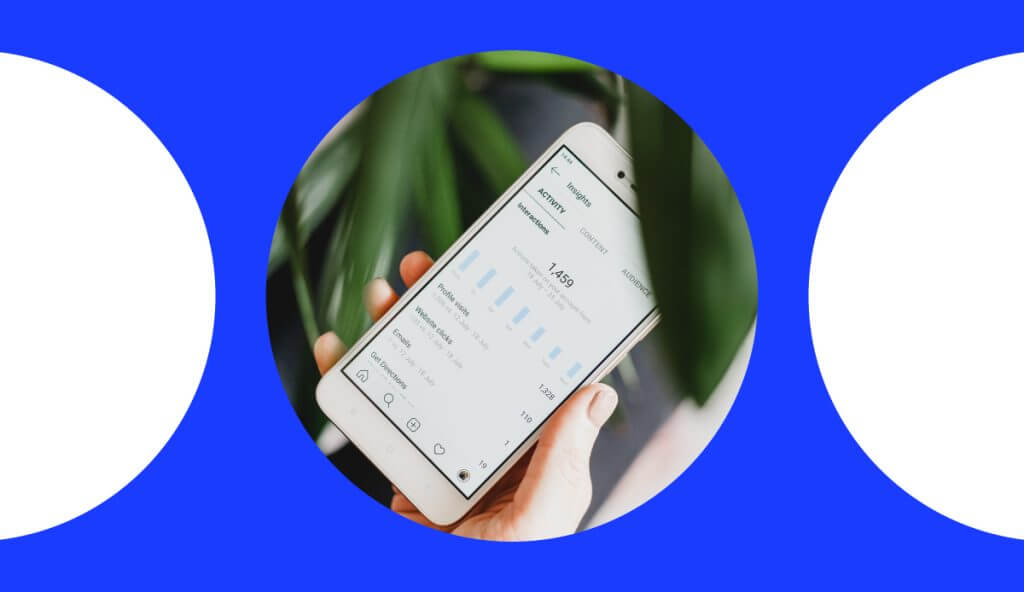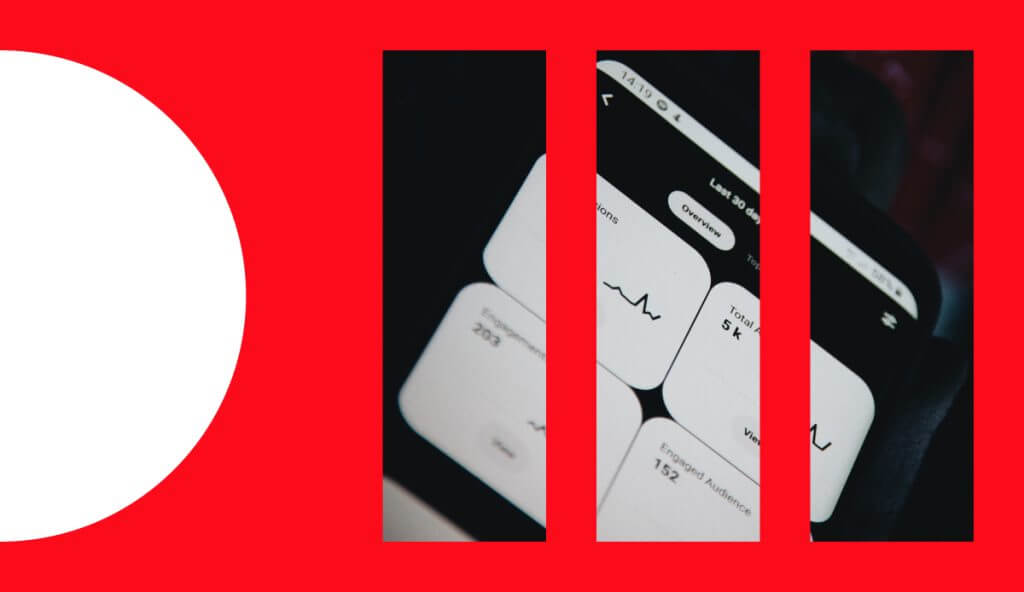Conversion Modelling Explained

Are you spending your marketing budget effectively? Which of your marketing channels are most effective? Are you successfully driving consumers down the marketing funnel?
All of these are crucial questions, and they can all be answered through effective marketing attribution. In this blog, we’ll be defining marketing attribution, with particular focus on one specific form of attribution: conversion modelling.
What is marketing attribution?
Marketing attribution is the process of identifying which of your marketing tactics led to particular desired outcomes. During the attribution process, you assign a particular value to each of your relevant marketing touchpoints to draw meaningful comparisons. For example, using your available data, you might discover that your influencer marketing campaign led to the highest increase in your sales, while your paid social media ads were less effective.
The desired outcomes being measured can vary between businesses — they might be sales, app downloads, or customer data submissions — but are most often referred to as conversions. Conversion is usually one of the final steps in the marketing funnel, as it’s when the consumer completes the action you’ve been driving them toward with your marketing strategy.
However, marketing attribution is not straightforward, and you may have a difficult time defining the customer journey. It may be that a combination of marketing tactics led to a particular conversion, or you don’t have enough data on the identity of a customer to work out why they completed a conversion. In these instances, conversion modelling can fill in the gaps.
What is Conversion Modelling?
Conversion modelling is a feature of the Google Analytics tool, originally introduced in 2021 as part of Google Analytics 4 (GA4). Put simply, the term ‘conversion modelling’ refers to the use of machine learning and AI to help with marketing attribution, particularly in cases when there isn’t enough information to clearly define the customer’s journey through the marketing funnel.
Information gaps are more common as companies increase the amount of data privacy options available to users. For example, say an iPhone user clicks on your advert. With Apple’s App Tracking Transparency policy, they can choose not to share app tracking data. Without that information, you’ll be able to track the conversion, but not accurately credit it to that specific advert.
Conversion modelling fills in the gaps by working out the most likely source of conversions using observable data. In the iPhone example above, the observable data might come from iOS users that did allow ad tracking, and share similar behaviours or characteristics to the conversions without attribution. By looking at historical trends, the conversion modelling feature can accurately attribute conversions to the specific aspects of your marketing strategy.
Using Conversion Modelling as a means to define the customer journey
While conversion modelling doesn’t directly help move consumers through the marketing funnel (from awareness to conversion), it does help significantly with improving and optimising your marketing strategies. Conversion modelling supports marketing attribution, which is crucial for discovering what works and what doesn’t.
Leveraging different marketing channels is a key part of expanding your brand audience and increasing sales. However, you’ll not know which channels are having a significant impact without an examination of the available marketing analytics. So, make sure you examine the model and see if any results challenge your assumptions about your business.
Working with M&C Saatchi Performance
At M&C Saatchi Performance, we’ve spent decades creating high-quality, data-driven marketing strategies for our clients. We have a thorough understanding of topics such as marketing attribution and conversion modelling. With that said, we’re dedicated to guide our clients to maximise the part these processes play in their marketing strategies.
Reach out to us to know more about our services.

